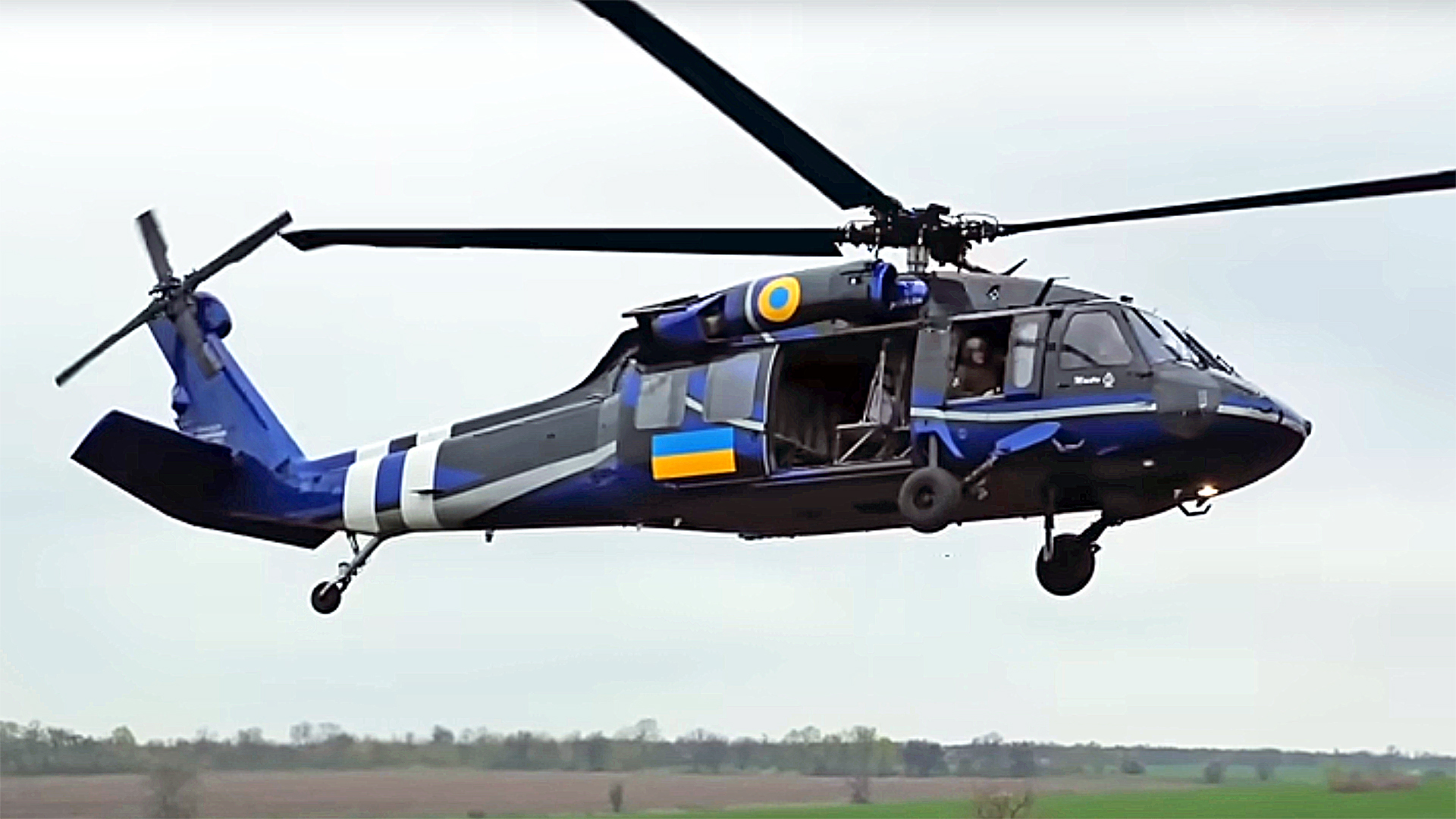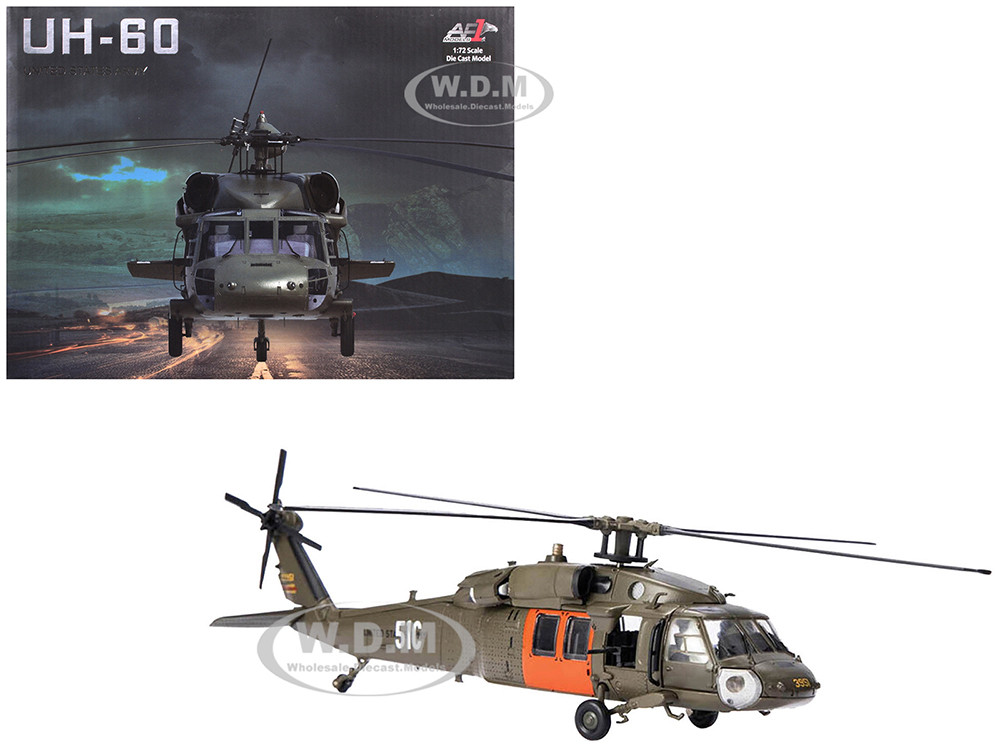UH 60: A Reliable Helicopter for Search and Rescue, Transport, and Combat Operations
UH 60: A Reliable Helicopter for Search and Rescue, Transport, and Combat Operations
Blog Article
Discovering the History and Development of the UH 60 Helicopter

Origins of the UH-60
The beginnings of the UH-60 helicopter can be mapped back to the late 1960s, a period noted by the requirement for a versatile utility aircraft that might adjust to the advancing demands of modern-day war. The united state Army identified the need for a replacement for the older UH-1 Iroquois, which was coming to be significantly poor for the complexities of modern fight scenarios. In 1967, the Army started the Utility Tactical Transport Aircraft System (UTTAS) program, which sought to establish a multi-role helicopter with the ability of different missions, including troop transport, medical emptying, and logistical support.
The layout competition brought in numerous aerospace producers, yet it was Sikorsky Airplane Corporation that eventually secured the agreement in 1972. The UH-60 Black Hawk was presented, showcasing ingenious layout elements and progressed technology that established it in addition to its predecessors. Its maiden trip occurred in 1974, and the aircraft was formally taken on by the Army in 1979. The UH-60 quickly got recognition for its robust performance, reliability, and versatility, leading the way for its extensive usage in army procedures and strengthening its standing as a keystone of U.S. Military air travel.
Secret Layout Features
Ingenious style functions of the UH-60 Black Hawk substantially add to its operational effectiveness. One of the most notable facets is its twin-engine setup, which improves integrity and gives a higher power-to-weight proportion, enabling the helicopter to do under various conditions. The aircraft's four-blade main rotor system offers enhanced lift and ability to move, crucial for tactical goals.

In addition, the cabin is made for optimal exposure and ergonomics, including innovative avionics that streamline pilot procedures. The modular design of the UH-60 enables for very easy maintenance and adaptability, making it suitable for various goal accounts, from troop transportation to medevac operations. These essential layout features guarantee that the UH-60 Black Hawk stays a flexible and reliable possession in armed forces aeronautics, qualified of meeting the needs of modern war.
Technical Innovations
Current technological innovations in the UH-60 Black Hawk have significantly improved its functional abilities and flexibility. The assimilation of advanced avionics, such as digital trip control systems and boosted situational recognition displays, allows pilots to run with raised precision and efficiency. These systems help with improved navigating, communication, and information sharing, making it possible for the helicopter to work effectively in varied atmospheres.
In addition, the introduction of composite materials has actually decreased the general weight of the airplane while preserving architectural integrity. This reduction enhances gas performance and prolongs operational variety. The incorporation of innovative blades modern technology, including the use of four-blade, fully articulated rotor systems, has actually enhanced lift performance and ability to move, enabling better handling in various flight problems.

Furthermore, improvements in propulsion systems, such as the T700-GE-701D engines, have actually boosted power outcome and integrity - uh 60. These engines add to premium performance in high-altitude and hot-weather problems
Lastly, the integration of self-defense systems and improved sensor bundles improves the Black Hawk's find out here survivability and mission performance. Jointly, these technological improvements make sure that the UH-60 Black Hawk remains an essential property in contemporary aviation, with the ability of adapting to the progressing demands of altruistic and armed forces goals.
Duty in Armed Force Procedures
As the backbone of U.S. Military aeronautics, the UH-60 helicopter plays a crucial role in different army procedures, working as a versatile system for combat support, transportation, and medevac objectives - uh 60. Its design includes the ability to run in diverse settings, making it important for troop activity and logistical assistance in both conventional and unique war

In medical evacuation situations, the UH-60 has actually proven important, considerably decreasing the moment to carry injured soldiers from the field of battle to clinical facilities. Its innovative avionics and night vision abilities better make certain objective success under difficult problems. Overall, the UH-60 helicopter stays a crucial possession, constantly adapting to satisfy the advancing needs of armed forces procedures and improving the effectiveness of U.S. forces worldwide.
Future of the UH-60
Looking ahead, the future of the UH-60 helicopter involves significant improvements in technology and abilities designed to boost its functional effectiveness. As armed forces procedures develop, the UH-60 is anticipated to include cutting-edge modern technologies, consisting of enhanced avionics, boosted tools systems, and advanced communication devices. These improvements will certainly enable greater situational recognition and mission flexibility, making sure that the UH-60 remains a crucial property on the field of battle.
One remarkable growth is the integration of fly-by-wire systems, which will certainly boost trip control accuracy and reduce pilot workload. Initiatives to update the airframe and engines aim to raise payload, speed, and range ability, thereby broadening the helicopter's operational extent.
The future also holds guarantee for boosted interoperability with unmanned airborne official source systems (UAS), enabling collaborated goals that go to this site utilize both manned and unmanned capabilities. In addition, the unification of man-made knowledge and maker understanding could optimize trip dynamics and upkeep procedures, bring about lowered functional costs.
Conclusion
The UH-60 Black Hawk helicopter represents a significant accomplishment in army aeronautics, evolving from the U.S. Army's first needs for a flexible energy airplane. Its innovative design features and continuous technical improvements have actually ensured its relevance in different army procedures over the years. As the demands of contemporary war modification, the future of the UH-60 will likely involve more improvements and adaptations, enhancing its condition as a vital asset for militaries worldwide.
The UH-60 Black Hawk helicopter stands for a considerable landmark in armed forces aeronautics, arising from the United state Army's mission for a more dependable and functional energy aircraft in the late 20th century.The origins of the UH-60 helicopter can be mapped back to the late 1960s, a period noted by the demand for a versatile utility aircraft that can adapt to the evolving demands of contemporary warfare. Generally, the UH-60 helicopter remains a vital property, continuously adapting to meet the developing needs of army operations and enhancing the efficiency of United state forces worldwide.
Looking in advance, the future of the UH-60 helicopter entails significant advancements in technology and capacities created to enhance its functional performance.The UH-60 Black Hawk helicopter stands for a considerable accomplishment in military air travel, developing from the U.S. Army's first requirements for a functional energy aircraft.
Report this page